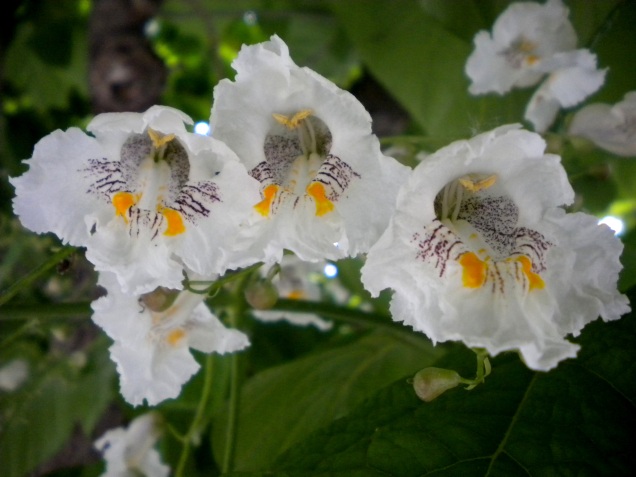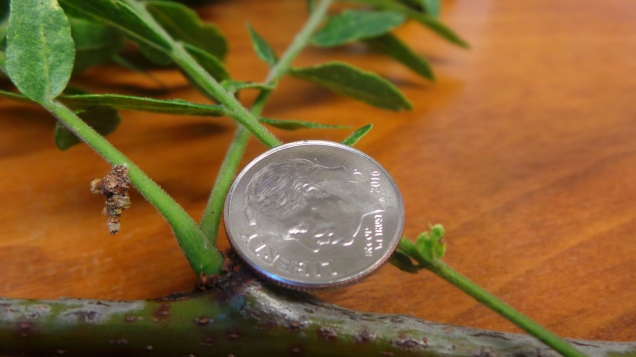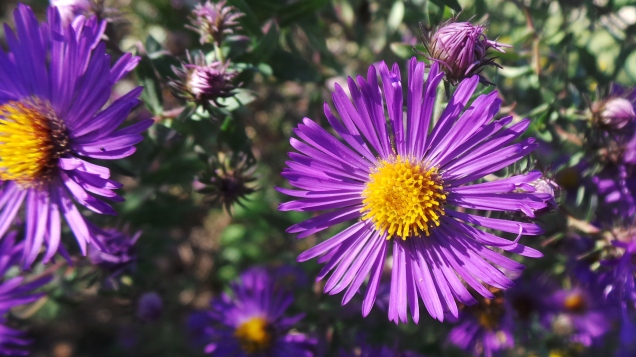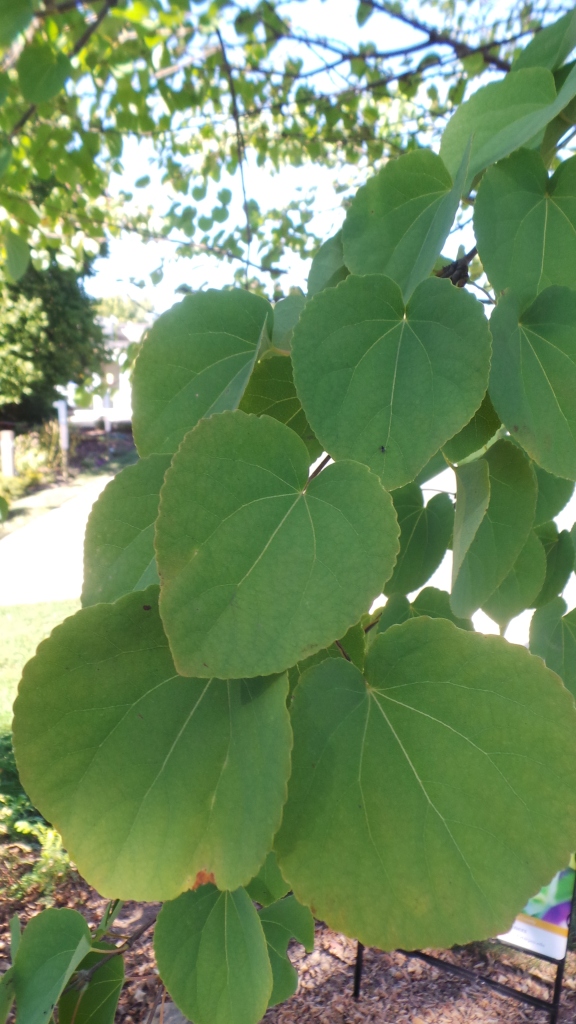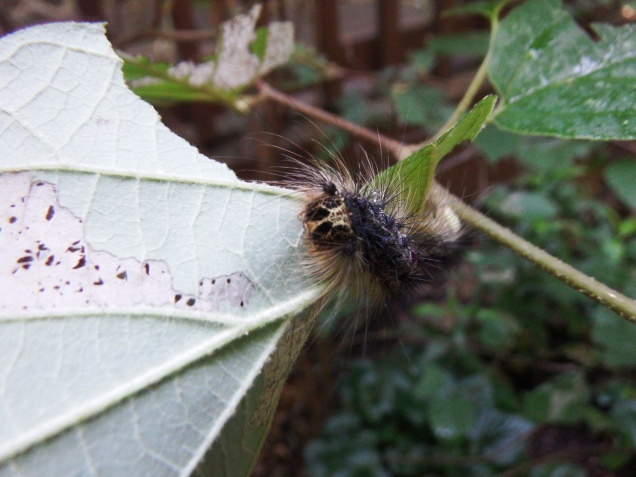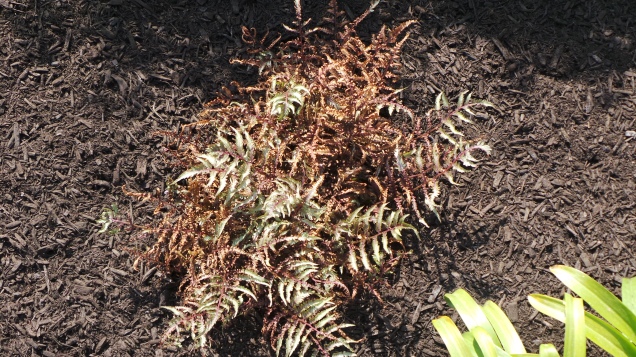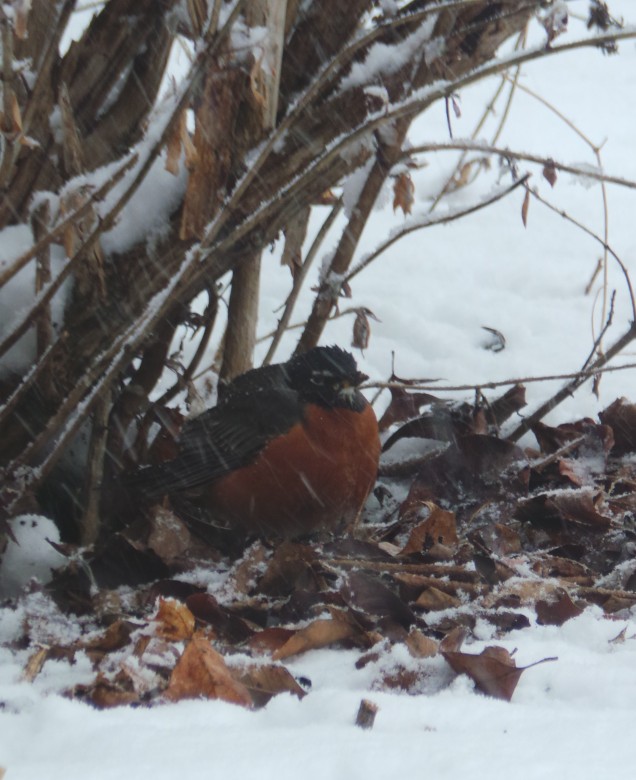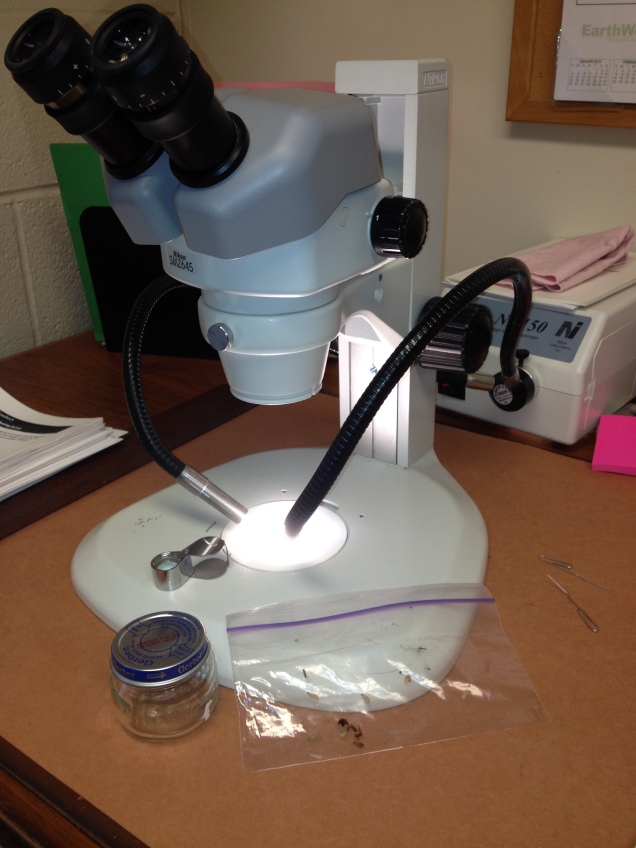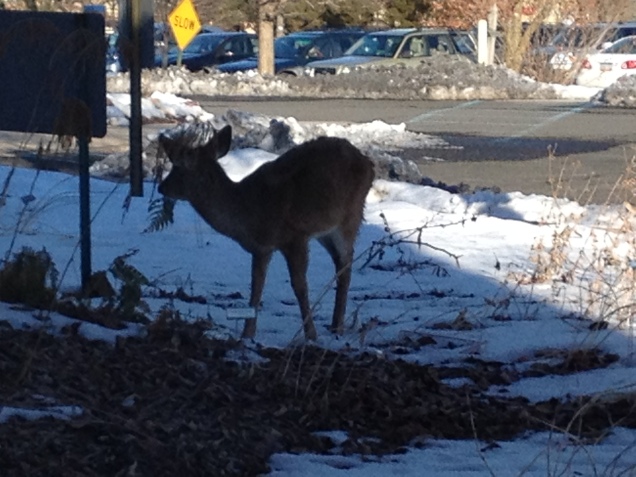
By now we all know Monarch butterflies flock to Milkweed. And if you have been caring for Milkweeds planted for the Monarchs you have noticed that a lot of other insects find these plants appealing as well.
Two insects I found crawling around the plants in early July are the Oleander Aphid and the Milkweed Leaf Beetle.

The Oleander Aphid occurs in great numbers on the stems of various milkweed species. These aphids, like many other aphid species come with their own set of concerns. While the Oleander aphid has been documented transmitting viruses, these are primarily found in subtropical regions, here in PA the most cause for concern with an oleander aphid infestation on milkweeds is the unsightly residue they leave. These aphids, like many others, secrete honeydew, the waste product produced from their piercing sucking feeding methods. On the sticky, sugary honeydew, black sooty mold forms. This can make the milkweeds look terrible but will not kill the plant. The feeding of the aphids may cause stunted growth, and damage at the newest, tender growth.
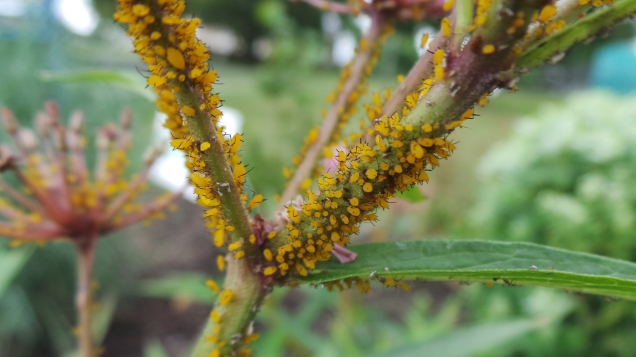
Though now found throughout the world, the Oleander Aphid is originally native to the Mediterranean region where its namesake is found growing wild. While it is difficult to prevent Oleander aphids from seeking out your milkweeds, you can implement some cultural practices that may make the milkweed a less than desirable habitat for these black-legged, orange-bodied insects:
Cultural Controls:
- Reduce irrigation, pruning and feeding to limit growth of the tender new shoots preferred by these pests.
Mechanical Controls
- Before the infestation gets to large or while it is limited to a small portion of the planting, prune out infested areas.
- A strong stream of water from a garden hose will dislodge many aphids, and according to the University of California IPM most dislodged aphids will not be able to re-infest the plant. As an added bonus you may have washed off some of the honeydew.
Biological Controls
- There are parasitic wasps that attack aphid populations. You may notice “aphid mummies” among the living aphids on the plants. These papery brown swollen aphids are evidence of a healthy beneficial insect population.
- Syrphid Fly larvae
- Green and Brown Lacewing larvae
- Ladybug Larvae
Chemical Controls
- Insecticidal soaps and horticultural oils provide the best chance for control while protecting the pollinators and beneficial insects.
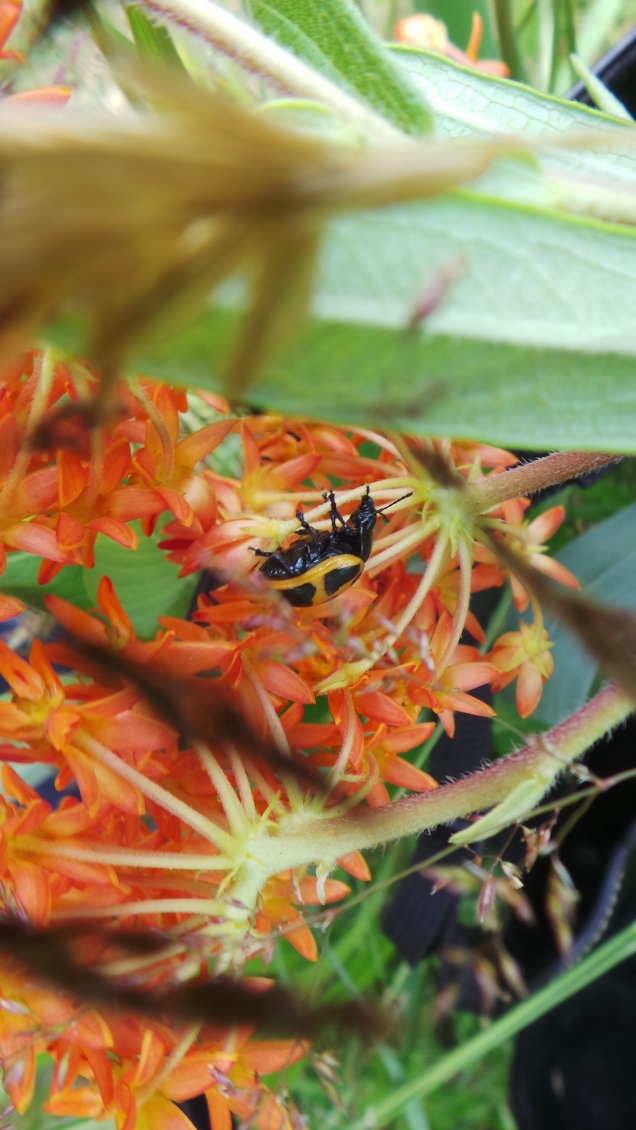
While you are out examining your milkweeds, especially the Swamp Milkweed, Asclepias incarnata, you may notice a black and reddish insect slowly ambling around among the aphids. Nope – this is not the larva of the ladybug or even a ladybug herself. Though this is not a beneficial insect, this is a native insect and there is no need for control. If they are eating your milkweeds and you worry there are not enough for the monarchs – plant more milkweed!!
The larva of the Milkweed Leaf Beetle may be mistaken for ladybug larva however this larva of this leaf chewing insect is more rotund and shiny than that of a ladybug.
Like most of our native insect/plant relationships this insect has figured out how to get past those milkweed toxins that many other insects and animals find unpalatable. Before they start chewing on the leaves, these insects, both the adult and the larva will chew a notch into the vein of a leaf to drain out much of the toxin before they start consuming their foliar meal.
Controls for the Milkweed Leaf Beetle are typically not necessary. On rare occasion they may strip the leaves of the plant, and in that case you know you need more milkweed! But should you or your client decide control is necessary here are some suggestions:
Mechanical Controls
- The larva and adults are big and slow and easy to catch. If the population is small enough consider hand-picking them off (or leaving them for other insects, birds and mammals to feed on.)
Chemical Controls:
- The same insecticidal soaps and horticultural oils used to control the Oleander aphids will also control these leaf beetles
Just as there are multiple species of milkweeds (11 species native to PA alone!) there are numerous insects using this plant for food. Before you reach for the controls, examine the plant, monitor the plant, make sure you know the harmless insects from the harmful insects and take great care to explore the existing control measures provided by beneficial insects before taking any further actions.

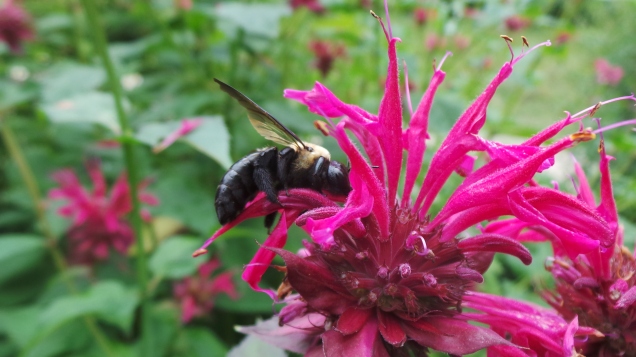 When thinking about protecting pollinators – don’t just think showy!
When thinking about protecting pollinators – don’t just think showy!




